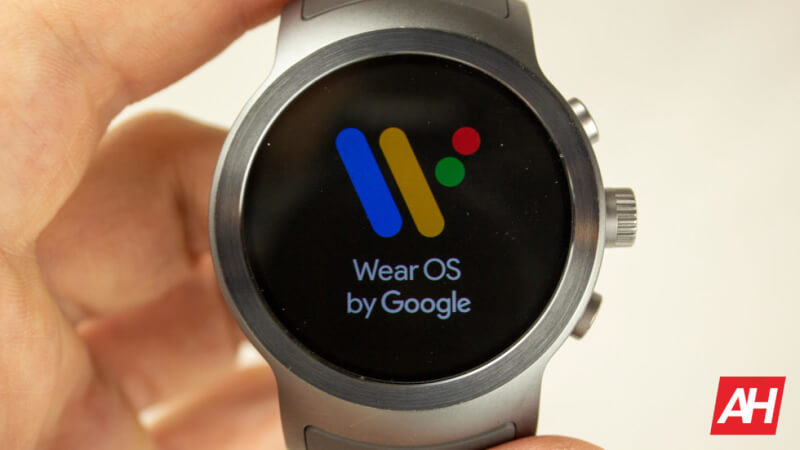

If the Watch GT 2e’s sports and health features appeal to you and you’re interested in picking one up, you can find one for between €120-€200 depending on the retailer, so it’s definitely not the most expensive smartwatch out there.The Health Mate app gives you a good overview of your sleep data. It’s not the cheapest fitness tracker out there, but it’s also not the most expensive smartwatch. It excels when it comes to fitness, and it definitely smokes the likes of Fitbit in terms of value for money. Huawei’s Watch GT 2e feels like it’s trying to be both a smartwatch and a fitness tracker, despite lacking somewhat in the former. It doesn’t even have NFC on the global model, so you can’t use it for contactless payments. I just really wish that I could choose more watch faces and have access to more apps on it.

There are so many fitness tracking modes, too, that I imagine it’s hard to find a competitor actually capable of so much. It’s packed to the brim with health-related features, and the sleep tracking is very accurate as well. If fitness and health are your prerogatives, then the Huawei Watch GT 2e is definitely worth taking a look at. Sadly, I feel that LiteOS is still too limiting. The Huawei Watch GT 2e is a pretty great smartwatch, and I enjoyed using it. Overall, for what it is, LiteOS is no longer frustrating to use and navigate. There are no real slowdowns, apps launch quickly, and there’s no noticeable lag. The one major improvement I’ve noticed since the last time I’ve used LiteOS, though, is how much smoother it feels on the Huawei Watch GT 2e. These notifications can also be configured on a per-app basis, and raising your wrist will show you the most recent notification. You can raise to wake the smartwatch to view a notification, for example. However, LiteOS has a number of useful and cool features, even if a lot of them I don’t end up getting to use. Shazam also has a Wear OS app! There’s so much that I miss when using LiteOS, and it feels like its potential is extremely limited as a result. Even my smartphone’s train tracking app has a companion Wear OS app that I can use to plug in my local station to see the times of the next arriving and departing trains. On Wear OS, you can control Spotify even down to choosing playlists, and typing on the original Huawei Watch was surprisingly viable in a pinch, which I made use of it quite a lot. I can’t really control my music playback, nor can I even respond to messages (even with pre-defined responses). That’s without getting into the lack of apps, which I sorely miss from Wear OS. For example, why is the always-on watch face different from the one that I select and set for day-to-day usage? Why don’t the watch faces have a built-in AMOLED mode specific to that watch face? Just like on the Honor Magic Watch 2, the transition between the two looks somewhat clunky. My issues with LiteOS are the same ones I had with the Honor Magic Watch 2. LiteOS is even more locked down than Wear OS as you’re limited to what comes pre-installed on the smartwatch.

LiteOS is Huawei and Honor’s alternative to Wear OS, which is still alive even today despite all its faults. In China, it’s possible to add custom watch faces to your device, though I wasn’t able to find a way to do this on international variants without a Chinese Huawei Health ID. To be honest, if I could use the always-on display one all of the time, I’d be happy. I don’t really like a lot of them, though I’ve managed to settle on one. You don’t get a whole lot of apps to choose from, and you’re restricted to the Huawei-made watch faces that get added over time to the Huawei Health app.


 0 kommentar(er)
0 kommentar(er)
